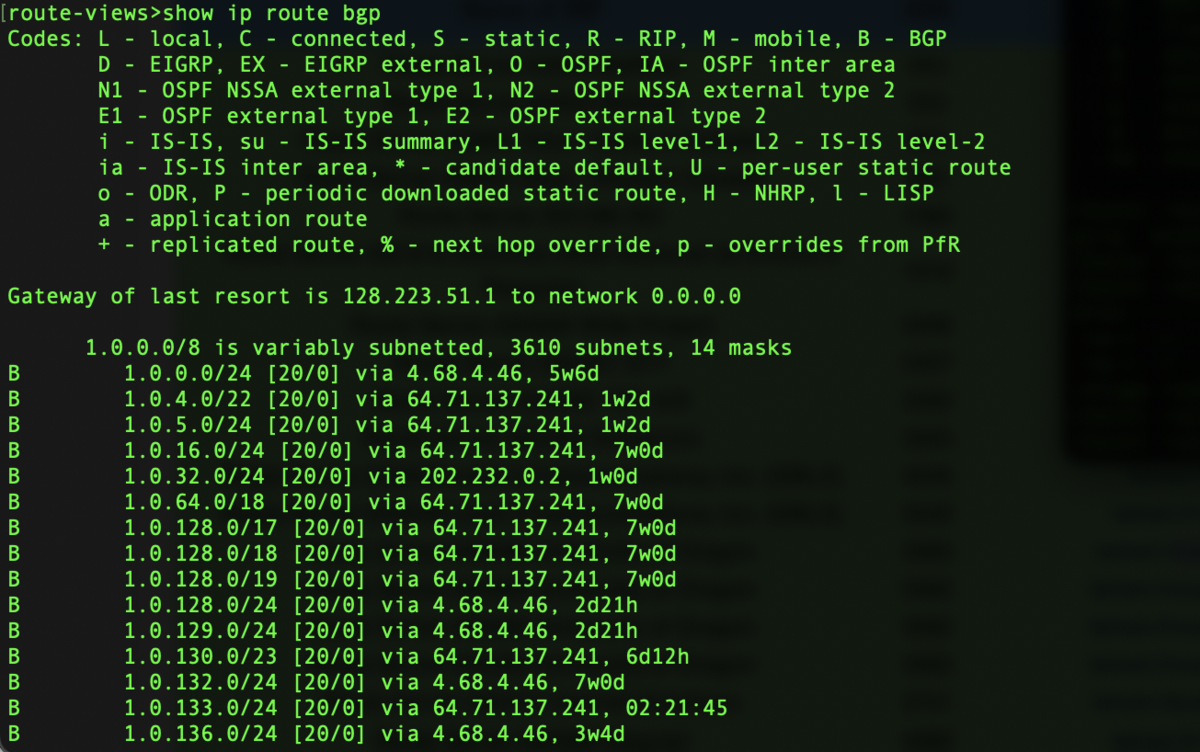What is a routing table?
A simple explanation of routing tables.

In keeping with this week's spontaneous theme of WAN connectivity, I thought it might be helpful to revisit a core concept: routing tables.
I'll try to keep this as vendor-neutral as possible...
- Routers maintain a set of information known as a "routing table".
- A routing table is basically just a big structured dataset that keeps a list of paths and determines the best way to send (forward) network traffic going through the router.
- Depending on the routing protocol, the specific data in the routing table can vary. Generally speaking it'll have info like:
- Destination Network - the network that the data is ultimately trying to get to.
- Next Hop - the address of the next device the packet should be forwarded to
- Interface - the local interface/port on the router that will be used to send the data to the next hop.
- Metric - A number or value that indicates the preference of the route.
- Routing tables come if different forms but there's generally two broad types:
- Static Routing Tables - These are typically datasets that are manually updated/maintained by administrators. This is handy if you just need to make a small set of one-off changes.
- Dynamic Routing Tables - These are datasets that are automatically updated by routing protocols (e.g. RIP, OSPF, BGP, etc). This is more complex but often provides better scalability and resiliency/adaptability.
Cool. So you might be wondering: what if there are multiple/duplicate routes in the same table? How does a router decide which path to take? That's where route attributes (like the "metric" unit above) can help. A router will use various attributes as a tie-breaker to decide the right path.
This is another one of those topics that has been simplified for the purpose of this introduction/article. For more info, check out these resources:









